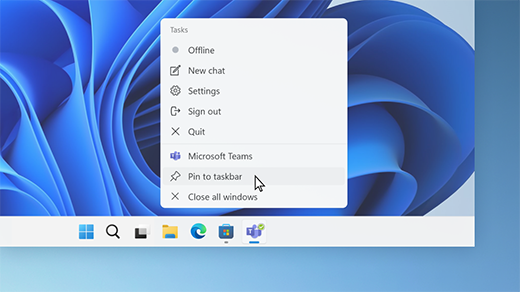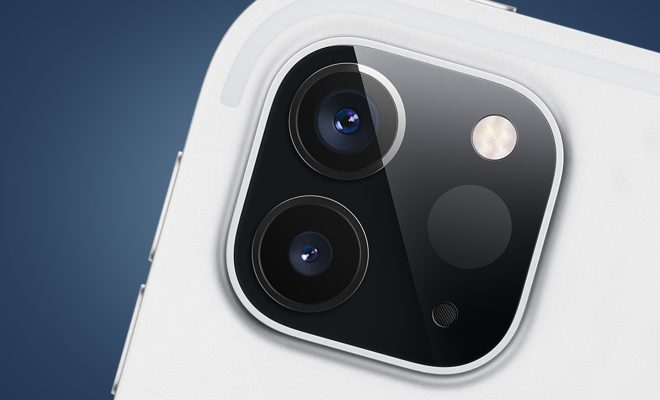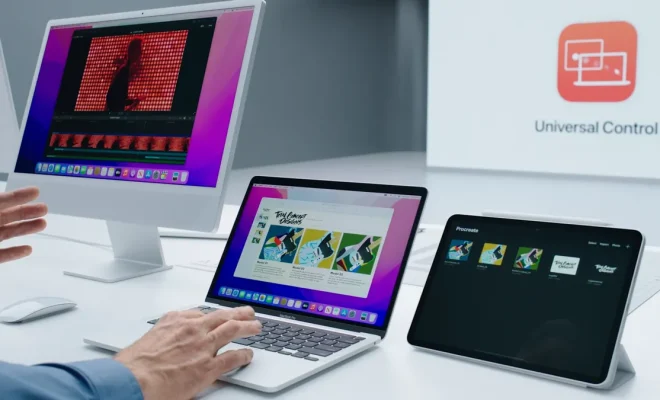Ways to Fix the Windows Taskbar Showing in Fullscreen

The Windows Taskbar, a useful tool for accessing your favorite applications, can be frustrating when it shows up in fullscreen mode. This issue can be caused by a variety of factors, including outdated drivers, incorrect settings, or even a bug in the software.
If you’re experiencing this problem, there are several ways to fix it. Here are some tips:
1. Update Your Graphics Drivers: Outdated or corrupted graphics drivers can cause display issues. To update your drivers, open the Start menu and type “Device Manager.” Expand the “Display Adapters” category, right-click your graphics card, then click “Update Driver.”
2. Change Taskbar Settings: Occasionally, the Taskbar can appear in fullscreen mode if the “Automatically hide the taskbar” option is disabled. To fix this, right-click the taskbar, select “Taskbar settings,” then toggle the “Automatically hide the taskbar in desktop mode” to “On.” Try to put your computer in fullscreen mode again, and see if the Taskbar disappears.
3. Disable Toolbars: Third-party toolbars can also cause display issues. To disable them, right-click the Taskbar and select “Toolbars.” Uncheck any boxes that are selected to remove them from the Taskbar.
4. Run a System Check: Windows has a built-in tool that can repair corrupt files and settings. To run the tool, open the Start menu and type “Command Prompt.” Right-click the Command Prompt icon and select “Run as administrator.” Type “sfc/scannow” into the command prompt and hit Enter to start the system check.
5. Reset the Windows Explorer: In some cases, the Windows Explorer can cause display issues. To fix this, press “Ctrl + Shift + Esc” to open the Task Manager. Scroll down to “Windows Explorer” in the list of running processes, right-click it, and select “Restart.”
6. Restart Your Computer: Sometimes the simplest solution is the best. Restart your computer and see if that fixes the issue.






